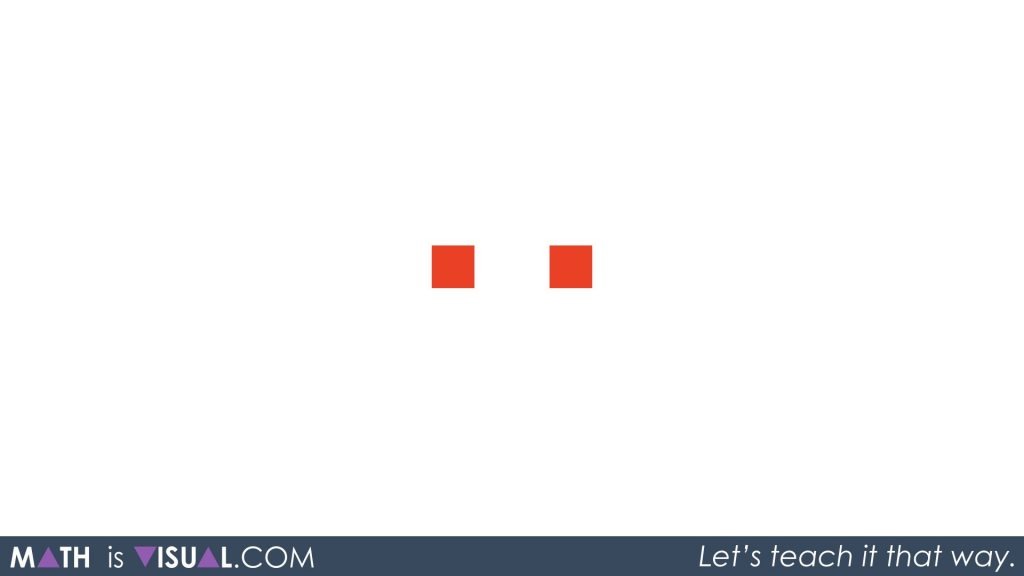
 The function whose value for any real or complex argument is the additive inverse of that argument. The subtraction operator: a binary operator to indicate the operation of subtraction, as in 5 − 3 = 2. The minus sign, −, has three main uses in mathematics: Not to be confused with Hyphen, Hyphen-minus, or Dash. Robert Recorde, the designer of the equals sign, introduced plus and minus to Britain in 1557 in The Whetstone of Witte: "There be other 2 signes in often use of which the first is made thus + and betokeneth more: the other is thus made − and betokeneth lesse." In his 1489 treatise, Johannes Widmann referred to the symbols − and + as minus and mer (Modern German mehr "more"): " was − ist das ist minus und das + das ist mer das zu addirst" They weren't used for addition and subtraction in the treatise, but were used to indicate surplus and deficit usage in the modern sense is attested in a 1518 book by Henricus Grammateus. From Johannes Widmann's book on "handy and pretty arithmetic for all merchants" The − may be derived from a tilde written over ⟨m⟩ when used to indicate subtraction or it may come from a shorthand version of the letter ⟨m⟩ itself. The + sign is a simplification of the Latin: et (comparable to the evolution of the ampersand &). The symbols (P with overline, p̄, for più (more), i.e., plus, and M with overline, m̄, for meno (less), i.e., minus) appeared for the first time in Luca Pacioli's mathematics compendium, Summa de arithmetica, geometria, proportioni et proportionalità, first printed and published in Venice in 1494. In early 15th century Europe, the letters "P" and "M" were generally used. Nicole Oresme's manuscripts from the 14th century show what may be one of the earliest uses of + as a sign for plus. The Egyptian hieroglyphic sign for addition, for example, resembled a pair of legs walking in the direction in which the text was written ( Egyptian could be written either from right to left or left to right), with the reverse sign indicating subtraction:
The function whose value for any real or complex argument is the additive inverse of that argument. The subtraction operator: a binary operator to indicate the operation of subtraction, as in 5 − 3 = 2. The minus sign, −, has three main uses in mathematics: Not to be confused with Hyphen, Hyphen-minus, or Dash. Robert Recorde, the designer of the equals sign, introduced plus and minus to Britain in 1557 in The Whetstone of Witte: "There be other 2 signes in often use of which the first is made thus + and betokeneth more: the other is thus made − and betokeneth lesse." In his 1489 treatise, Johannes Widmann referred to the symbols − and + as minus and mer (Modern German mehr "more"): " was − ist das ist minus und das + das ist mer das zu addirst" They weren't used for addition and subtraction in the treatise, but were used to indicate surplus and deficit usage in the modern sense is attested in a 1518 book by Henricus Grammateus. From Johannes Widmann's book on "handy and pretty arithmetic for all merchants" The − may be derived from a tilde written over ⟨m⟩ when used to indicate subtraction or it may come from a shorthand version of the letter ⟨m⟩ itself. The + sign is a simplification of the Latin: et (comparable to the evolution of the ampersand &). The symbols (P with overline, p̄, for più (more), i.e., plus, and M with overline, m̄, for meno (less), i.e., minus) appeared for the first time in Luca Pacioli's mathematics compendium, Summa de arithmetica, geometria, proportioni et proportionalità, first printed and published in Venice in 1494. In early 15th century Europe, the letters "P" and "M" were generally used. Nicole Oresme's manuscripts from the 14th century show what may be one of the earliest uses of + as a sign for plus. The Egyptian hieroglyphic sign for addition, for example, resembled a pair of legs walking in the direction in which the text was written ( Egyptian could be written either from right to left or left to right), with the reverse sign indicating subtraction: 
Though the signs now seem as familiar as the alphabet or the Hindu-Arabic numerals, they are not of great antiquity.

Plus and minus are Latin terms meaning "more" and "less", respectively. Their use has been extended to many other meanings, more or less analogous. In addition, + represents the operation of addition, which results in a sum, while − represents subtraction, resulting in a difference. The plus sign + and the minus sign − are mathematical symbols used to represent the notions of positive and negative, respectively.







 0 kommentar(er)
0 kommentar(er)
